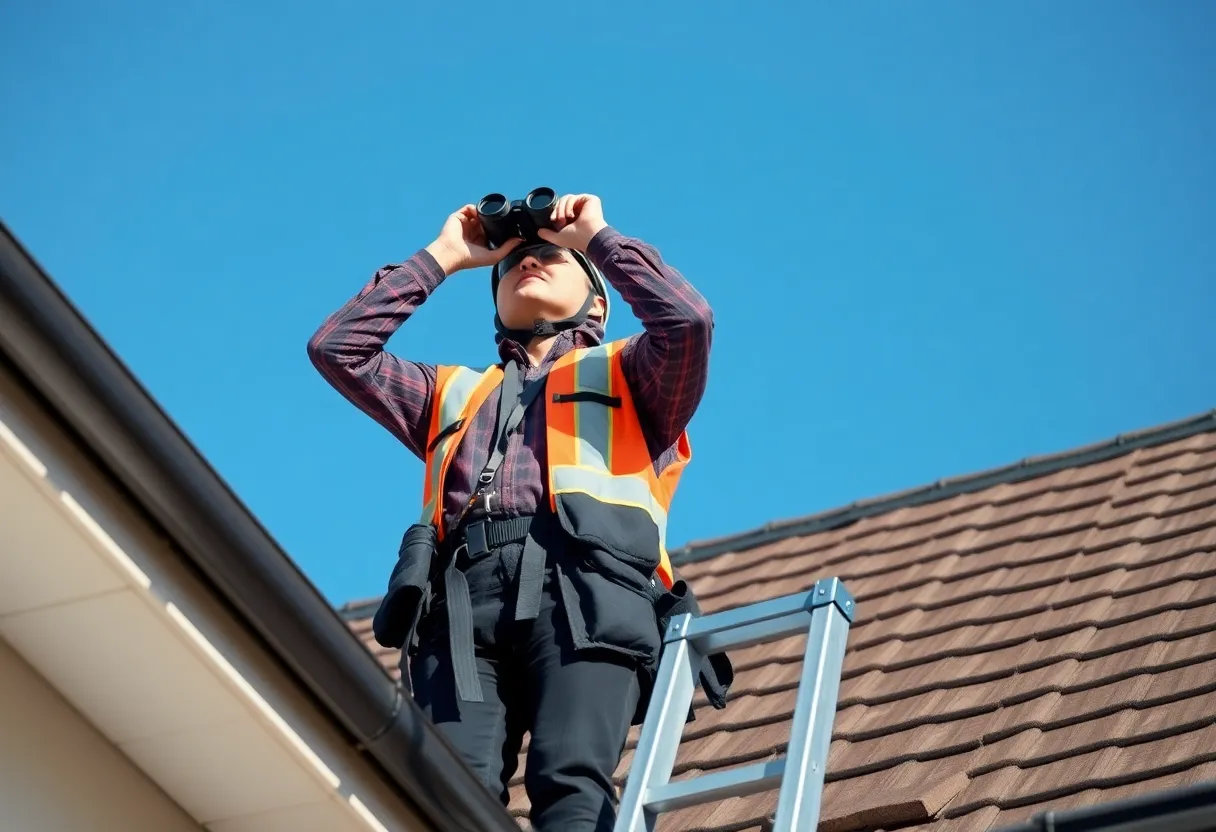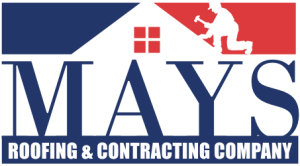

A homeowner performs a DIY roof inspection using proper safety equipment.
Article Sponsored by:
Mays Contracting is more than just a roofing company; it’s a family legacy built on trust and quality. Founded in 1979, we’ve been serving the community for over four decades. Our story began with a simple vision: to provide exceptional roofing services for both residential and commercial properties. This vision has guided us ever since, as we’ve grown from a small, family-run operation to a trusted name in the industry.
Maintaining your roof is critical for protecting your home from the elements and ensuring its longevity. Regular roof inspections can identify potential issues before they become significant problems. Understanding the best practices for DIY roof inspection and maintenance can save homeowners time and money while enhancing the durability of their roofing systems.
Regular roof inspections are essential for several reasons:
Before you begin inspecting your roof, preparation is essential to ensure safety and efficiency.
Before climbing up, gather the following tools:
Safety should always be your primary concern. Follow these guidelines:
When inspecting your roof, focus on critical areas to pinpoint any signs of damage or wear.
Begin your inspection from the ground:
If safe, use a ladder to examine your roof more closely:
Don’t forget to check your attic or interior spaces:
While inspecting, be aware of these common roof issues:
Leaks can originate from various sources:
Granule loss on asphalt shingles can indicate age or damage:
Moss and algae can trap moisture incredibly detrimental to roofs:
Once you’ve inspected your roof, follow these maintenance practices to keep it in top shape.
Regular cleaning will prevent the buildup of debris:
Address minor issues before they worsen:
With changing seasons come different challenges:
Although DIY inspections and repairs are vital, some situations require professional intervention:
If you discover significant damage:
Some repairs may require specialized skills or tools:
Regular DIY roof inspections and maintenance are essential to ensure your roof remains in optimal condition. By following these best practices, you can identify potential problems early, perform necessary repairs, and prolong the life of your roofing system. Always prioritize safety when inspecting your roof, and do not hesitate to call in professionals for severe issues. A well-maintained roof protects your home, enhances energy efficiency, and guards against costly repairs down the line.

Quality Roof Construction and Repair in Lexington, Richland, Newberry and Laurens Counties for over 40 Years.
News Summary Columbia, SC, is preparing for severe thunderstorms expected to disrupt outdoor activities and…
News Summary Donald Trump has signed a series of executive orders aimed at reshaping higher…
News Summary A coalition of twelve US states, led by New York's Governor, is challenging…
News Summary Wesley Bryan's journey from a young golf enthusiast in Irmo, South Carolina, to…
News Summary As the Masters Tournament approaches, Augusta National employs a unique filtering process to…
News Summary PGA Tour golfer Wesley Bryan has been suspended following his participation in the…